 An official website of the United States government. Here's how you know.
An official website of the United States government. Here's how you know.
 An official website of the United States government. Here's how you know.
An official website of the United States government. Here's how you know.  An official website of the United States government. Here's how you know.
An official website of the United States government. Here's how you know. Unit:
326th Bomb Squadron, 92nd Bomber Group, Heavy
Date of Birth:
February 28, 2014
Hometown:
Los Angeles, California
Date of Death:
August 13, 1944
Place of Death:
near Saint-Clair-de-Halouze, France
Awards:
Purple Heart, Air Medal
Cemetery:
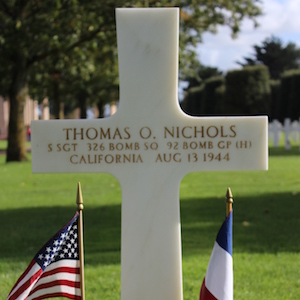
Thomas Oliver Nichols was born in 1914 to Alfred Nichols and Minnie Gray Nichols. He was born in Los Angeles, California, the same place where he enlisted 28 years later. In 1920, Thomas lived at 125 75th Street in Los Angeles with his parents and four siblings. Records indicate that his mother, Minnie, died on February 19, 1920. After her death the family split. Census data indicates that Thomas remained with his father in Los Angeles, but did not complete high school. In 1940, Thomas lived with his father and worked as clerk in an auto shop.
Thomas enlisted in the U.S. Army Air Corps in Los Angeles, California on October 13, 1942. Enlistment records show that Thomas was single, without dependents, which means that he never married.
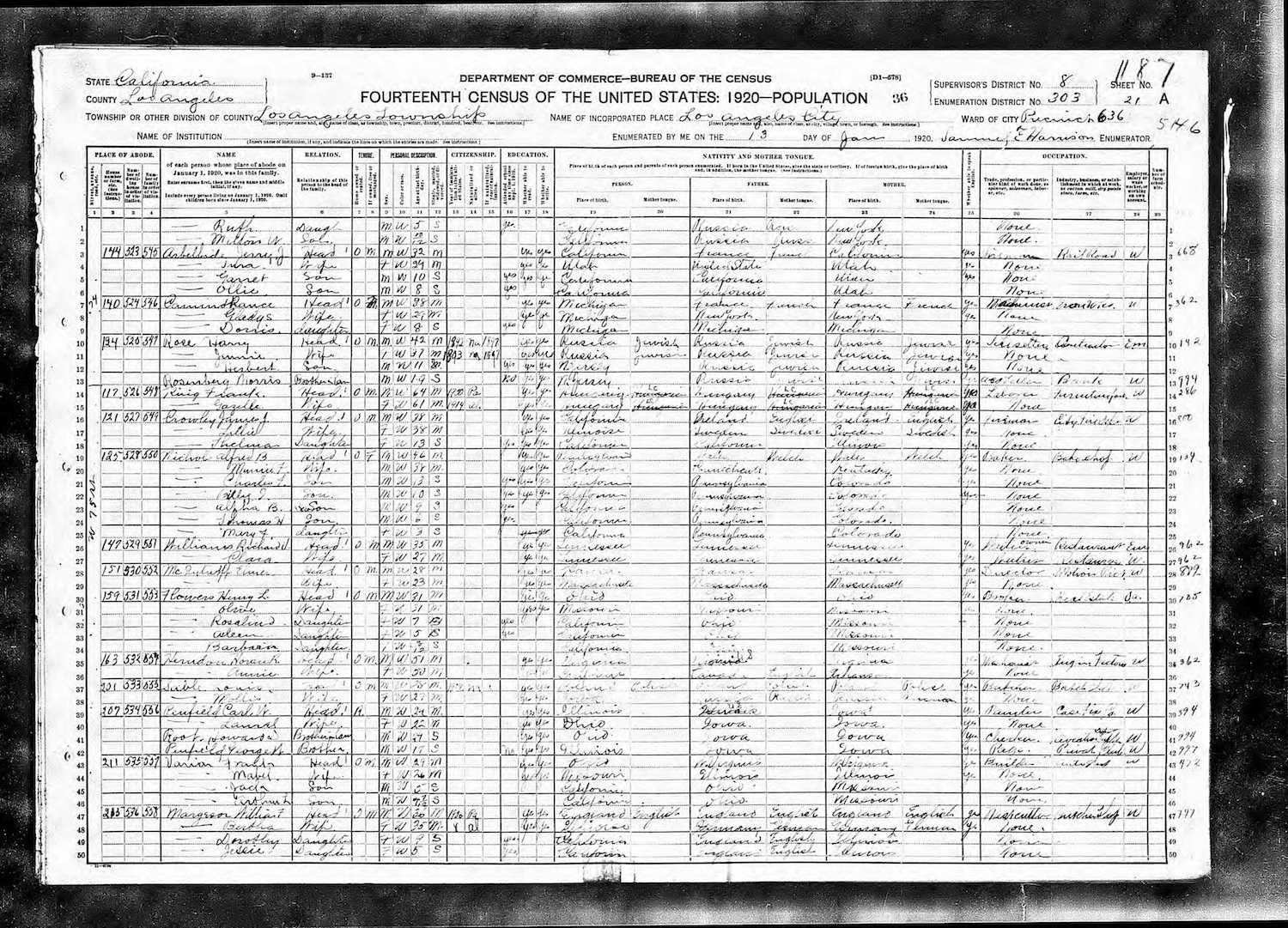
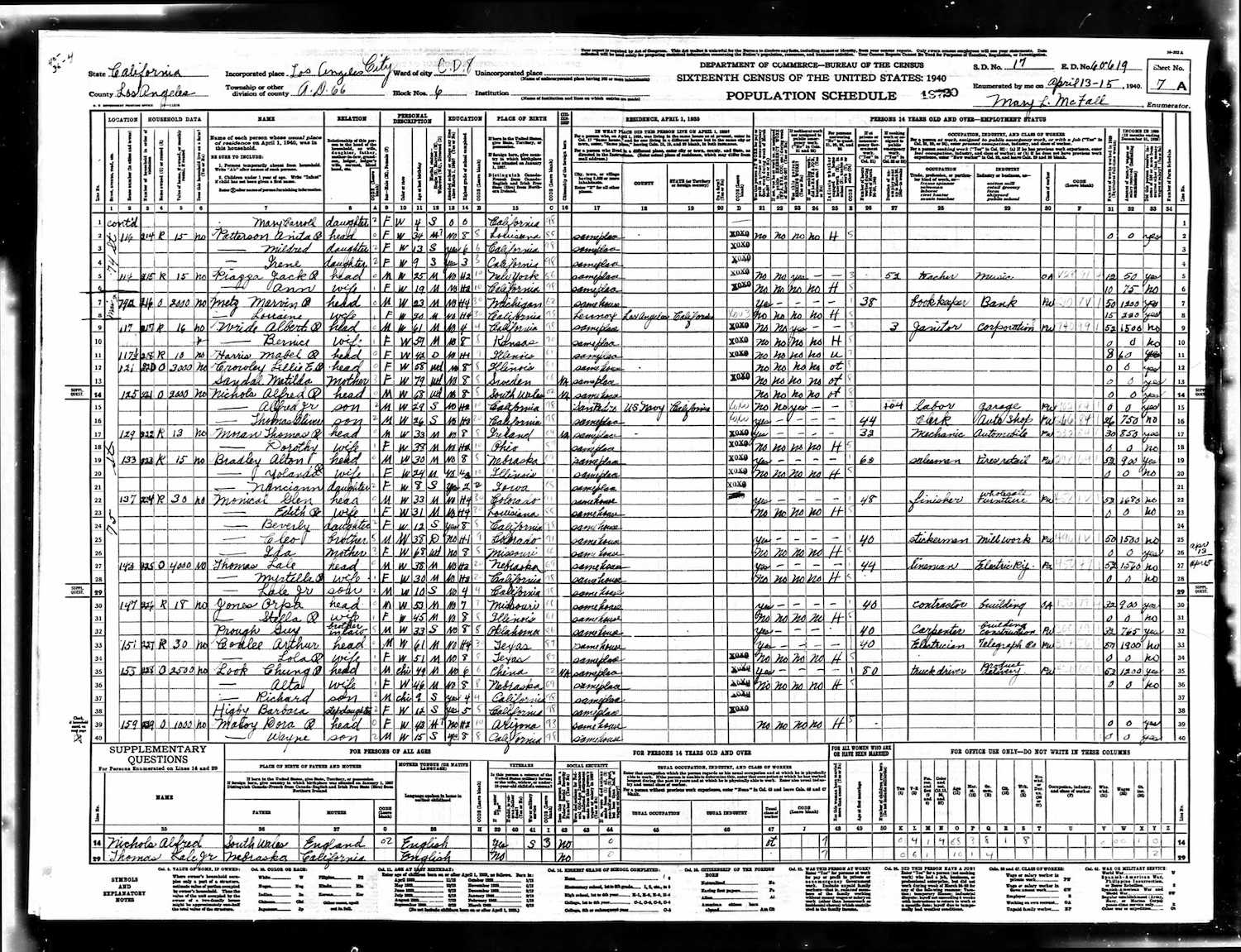
Before enlisting, Nichols spent his entire life in Los Angeles, California. During World War II, Los Angeles was very popular. The Los Angeles metropolitan area grew faster than any other major area in the U.S. at the time. By 1943 the population of metropolitan Los Angeles was larger than 37 states. By the end of the war, Los Angeles produced over 15% of all of America’s war production.
The attack on Pearl Harbor caused great fear among the citizens of Los Angeles. In response to this fear, Japanese-Americans who lived in Los Angeles were sent to internment camps where they were held until the war was over.
A shortage of laborers occurred when the men were sent to war and the Japanese-Americans were sent to internment camps. This led to the Bracero Program. This program was an agreement between Mexico and the U.S., which allowed men from Mexico to come into the United States and work in agricultural occupations, such as picking crops for food industries, for a certain time period.
Nichols enlisted in the U.S. Army Air Forces on October 13, 1942. He was assigned to the 326th Bomber Squadron, 92nd Bomber Group, Heavy. He was eventually promoted to the rank of Staff Sergeant. He served as a radio operator on a B-17 bomber crew. Radio operators assisted with navigation and communication, and in combat, served as gunners as well.
The 326th Bomber Squadron was stationed in Bovingdon, England. They participated in the air campaign of the Normandy invasion, and are noted for their success in the Battle of Saint-Lô.
On April 13, 1944 Nichols served as a radio operator on a B-17 (serial number 43-37848). The Boeing aircraft, nicknamed Scrappy Mike, carried a crew of nine men. On August 13, 1944 they were sent to bomb a crossroads in Evreux, France, south of Rouen. The plane was hit by flak and crashed near Saint-Clair-de-Halouze, northwest of Paris. Only one crew member, the waist gunner, Maxwell Hartline, parachuted to safety and evaded capture, eventually returning to duty.
A memorial to the crew stands outside the church in Saint-Clair-de-Halouze. Nichols’ remains were recovered, and laid to rest in Normandy American Cemetery. Two other members of Scrappy Mike’s crew, Second Lieutenant David H. Vance, navigator, and Sergeant Ray E. Thompson, gunner, are also buried in Normandy American Cemetery.
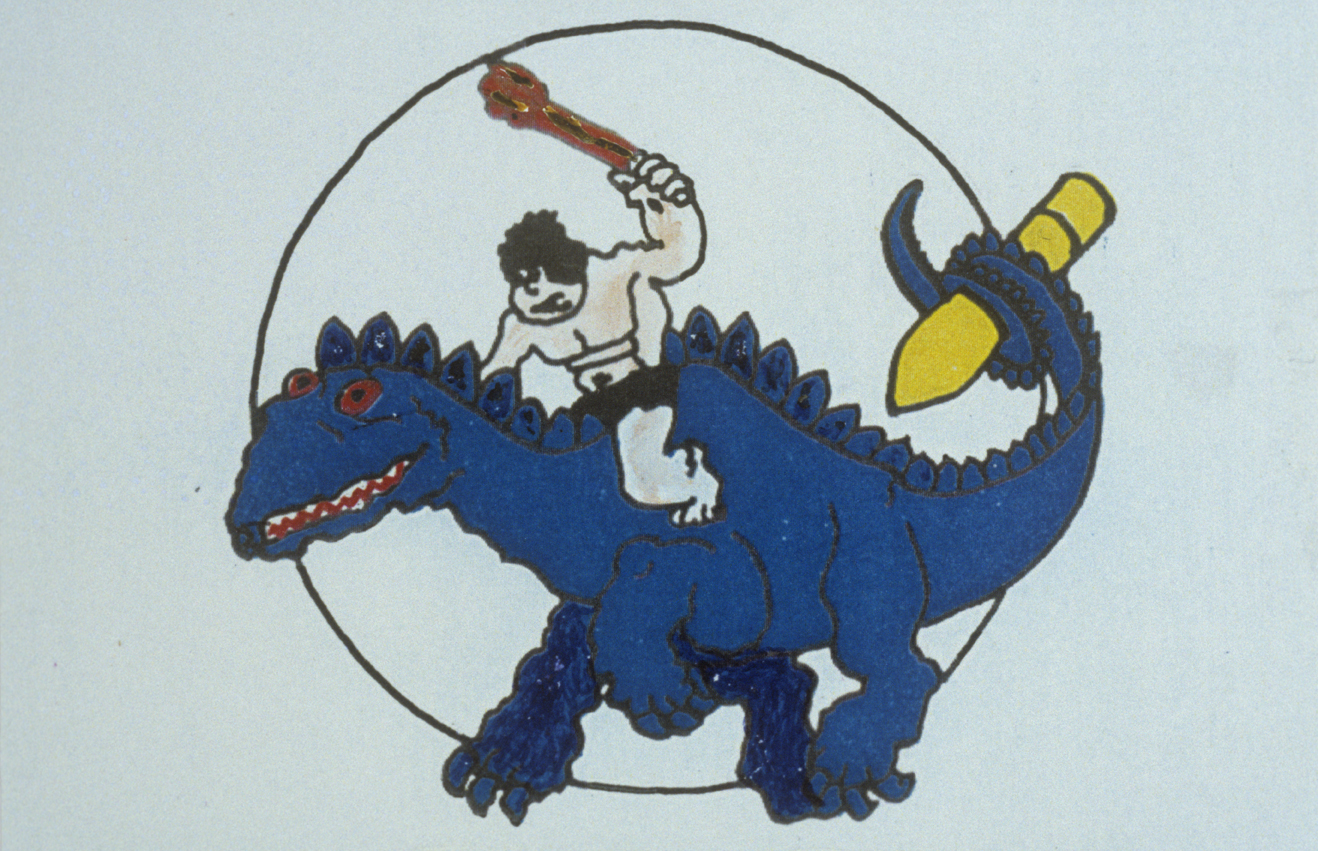
August 13, 1944 was the day that Staff Sergeant Thomas O. Nichols died while serving his country. My name is Mia Moreno and I was fortunate enough to have the opportunity to learn about the sacrifice Thomas Oliver Nichols made for his country. Nichols grew up in Los Angeles, California before the enlisting in the military. He did not complete high school before he began working as a clerk. He was not married, and had no children.
This particular war hero enlisted into the military October 13, 1942, and was a member of the 326th Bomber Squadron, 92nd Bomber Group, Heavy. He obtained the rank of staff sergeant. While in flight he served as a radio operator and turret gunner. This man risked his life every day for our safety and brought us closer to victory.
What these soldiers were able to accomplish for their country is absolutely amazing. This just shows the love Nichols had in order to secure safety for his family and future generations back home. My heart sinks to the floor, as if I were a part of the Nichols family because, from personal experience, nothing hurts more than losing a loved one who you deeply care about. Knowing the hurt of not being able to see your loved one ever again is difficult to overcome, but that is the price that so many families endured during this time.
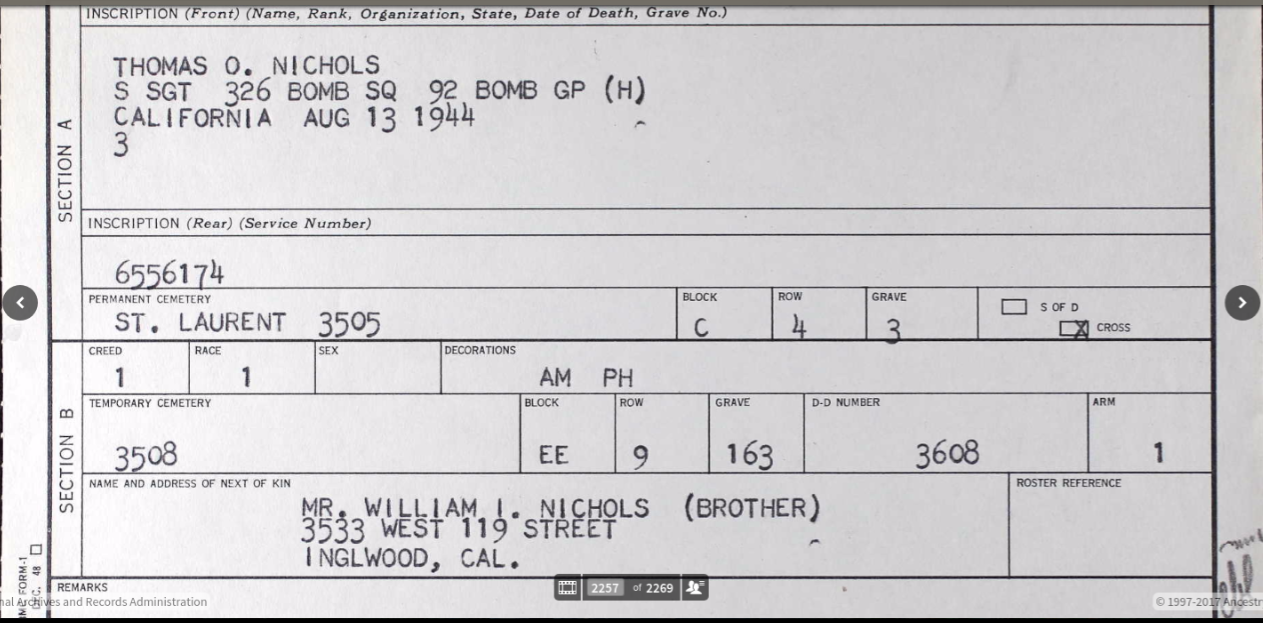
California, Birth Index. 1905-1995. Thomas O. Nichols. Digital Images. ancestry.com.
California, Death Index. 1905-1939. Minnie Nichols. Digital Images. ancestry.com.
California. Los Angeles County. 1920 U.S. Census. Digital Images. ancestry.com.
California. Los Angeles County. 1930 U.S. Census. Digital Images. ancestry.com.
California. Los Angeles County. 1940 U.S. Census. Digital Images. ancestry.com.
Photograph, The insignia of the 326th Bomb Squadron, 92nd Bomb Group. Roger Freeman Collection, Imperial War Museum (FRE 5077). Image. www.americanairmuseum.com/media/3265.
Records for Thomas Nichols; World War II Army Enlistment Records, 1938-1946 [Electronic File], Record Group 64; National Archives at College Park, College Park, MD [retrieved from the Access to Archival Databases, aad.archives.gov/aad/series-description.jsp?s=3360, October, 10, 2017].
Thomas O. Nichols, Headstone and Interment Records. Digital Images. ancestry.com.
“326th Bomb Squadron.” American Air Museum in Britain. Updated 2014. Accessed October 11, 2017. www.americanairmuseum.com/unit/854.
“B-17 43-37848.” American War Memorials Overseas. Accessed October 11, 2017. www.uswarmemorials.org/html/monument_details.php?SiteID=890&MemID=1198.
“B-17 Crewmen Duties and Responsibilities.” Hell’s Angels: 303rd Bomb Group (Heavy). Accessed March 20, 2017. www.303rdbg.com/crew-duties.html.
“David H. Vance.” American Battle Monuments Commission. American Battle Monuments Commission. Accessed October 11, 2017. abmc.gov/node/545464#.Wd6JVWhSzIU.
“History of the 326th Bomb Squadron.” 92nd USAAF-USAF Memorial Association. Updated December 7, 2009. Accessed October 11, 2017. 92ndma.org/326thBSHistory.html.
Osburne, Richard E. “California in World War II: Los Angeles Metropolitan Area during World War II.” Updated February 8, 2016. Accessed March 20, 2017. www.militarymuseum.org/LAWWII.html.
“Ray E. Thompson.” American Battle Monuments Commission. Accessed October 11, 2017. abmc.gov/node/545425#.Wd6J3WhSzIU.
“Thomas O. Nichols.” American Battle Monuments Commission. Accessed March 20, 2017. abmc.gov/node/545080#.Wd0PvVtSzIU.
“Thomas O. Nickols [sic].” American Air Museum in Britain. Updated September 27, 2014. Accessed May 5, 2017. www.americanairmuseum.com/person/212342.
The American Battle Monuments Commission operates and maintains 26 cemeteries and 31 federal memorials, monuments and commemorative plaques in 17 countries throughout the world, including the United States.
Since March 4, 1923, the ABMC’s sacred mission remains to honor the service, achievements, and sacrifice of more than 200,000 U.S. service members buried and memorialized at our sites.